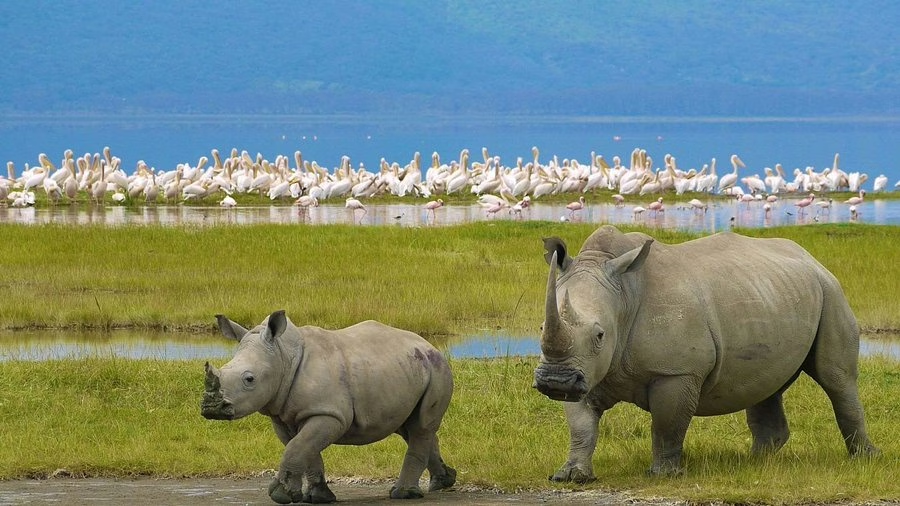
Gateway to the wilderness and the kingdom of nature
Lake Nakuru National Park is a captivating destination that showcases the vibrant beauty of Kenya’s Rift Valley. This park embodies adventure, blending diverse wildlife with scenic landscapes and a commitment to conservation. For nature enthusiasts and explorers, Lake Nakuru offers an authentic glimpse into Kenya’s natural heritage in all its splendor.
A key appeal of the park is its serene atmosphere and sense of seclusion. Spanning a compact yet diverse area, visitors can enjoy peaceful encounters with nature, away from large crowds, and fully engage with an ecosystem that remains largely pristine. The relaxed pace of a safari here fosters a deep connection with the environment, allowing for detailed observation of its wonders. Eager to tailor your Lake Nakuru experience? Our private safaris let you craft a journey that balances the park’s tranquility with your ideal and perfect adventure.
Large number of activities
Lake Nakuru is a site where Kenya’s natural heritage meets ongoing conservation efforts. Local communities have influenced the region for generations, with archaeological sites nearby reflecting ancient human presence. The park highlights successful initiatives, such as rhino protection programs that have bolstered populations of both black and white rhinos, contributing to global biodiversity preservation.
Beyond its ecological and historical significance, Lake Nakuru provides a variety of activities. Experienced guides lead game drives that bring you close to wildlife and terrain in ways that enhance traditional vehicle-based exploration. Birdwatching aficionados will delight in identifying over 450 species, including migratory birds that add to the park’s avian diversity. Whether you’re an experienced traveler or new to safaris, Lake Nakuru impresses with its range of experiences and opportunities for discovery.
The park’s ambiance is remarkably varied—from misty mornings over the lake to sunsets that paint the landscape in soft hues. The clear night skies evoke a true sense of wilderness, distanced from urban life. Lake Nakuru is more than a destination; it’s an immersive experience that lingers in memory and inspires appreciation for nature’s resilience.
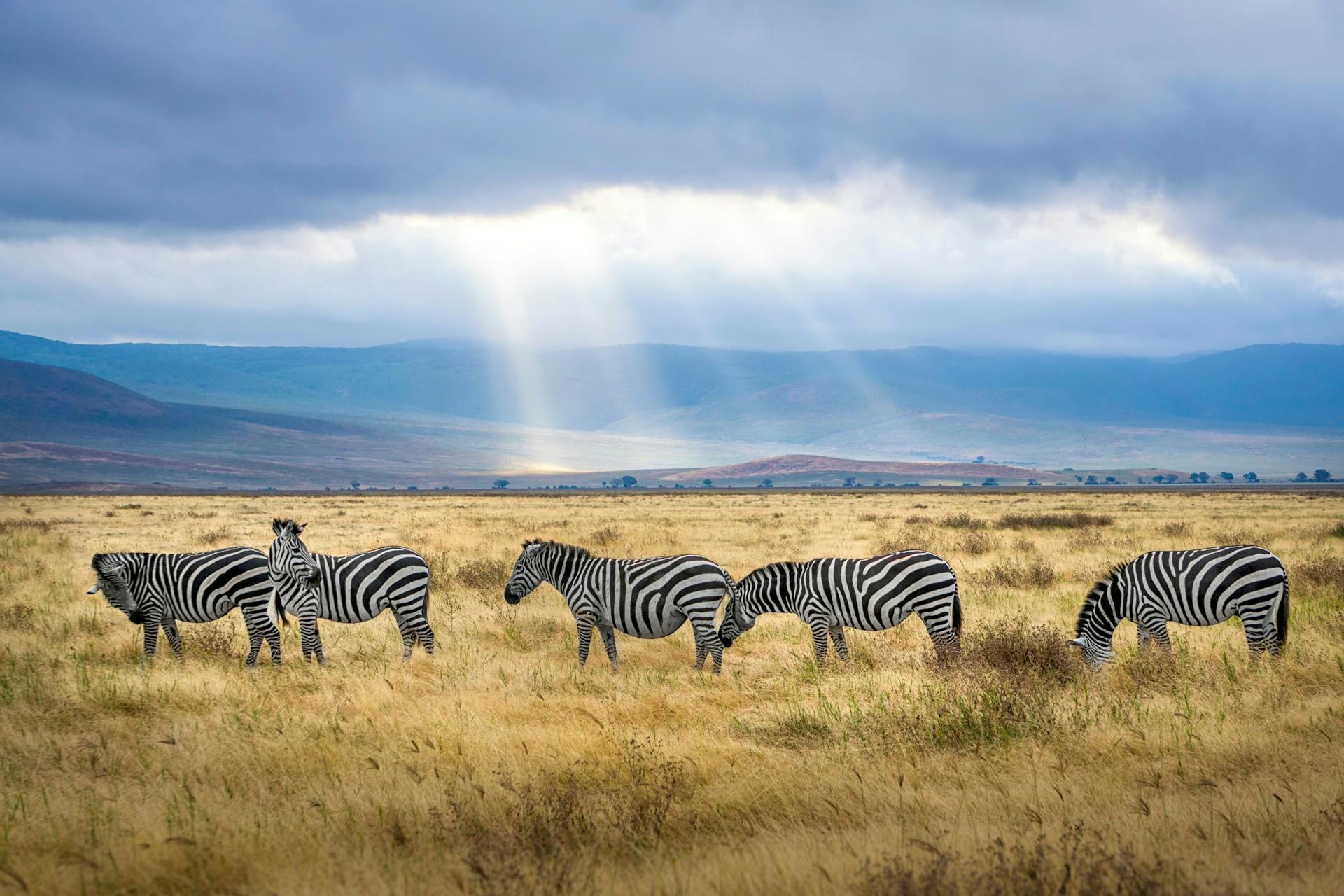
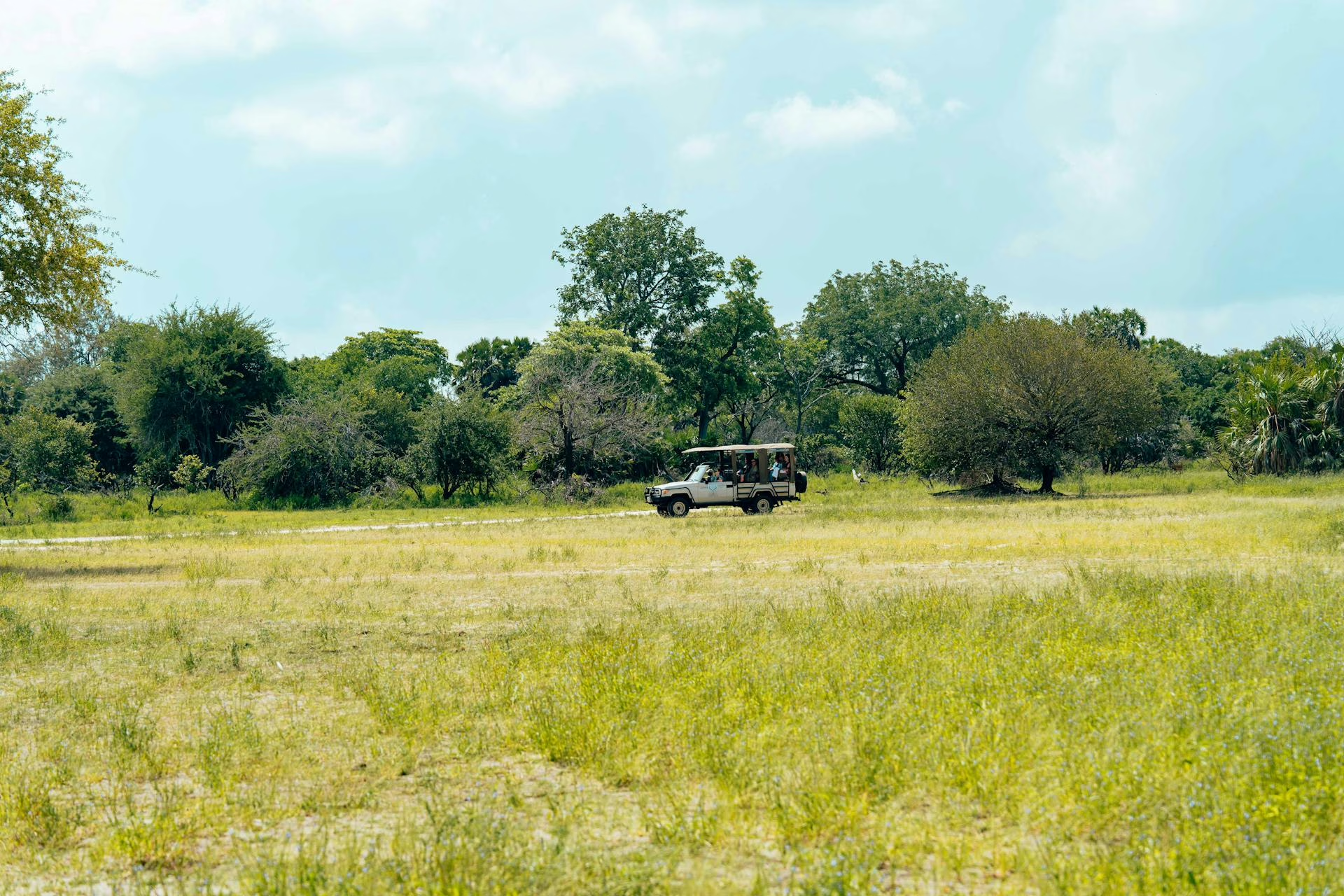
Why choose our safari
If you’re seeking an authentic wildlife encounter in Kenya, our Blackie Tours safaris to Lake Nakuru will provide a unique chance to explore this remarkable park at competitive rates. Find out about other safari experiences that we offer here!
Flexible times
We offer flexible tour options, both one and two day trips, so you can tailor the length of your visit to suit your preferences.
Experienced guides
Safaris are led by experienced guides. Thanks to their expertise, you can look forward to safe yet fascinating experiences at the park’s most interesting sites.
Price
What makes our safaris even more special is the fact that we offer the best prices on the market.
Families and individuals
Our offer is ideal for families, couples and individuals who want to experience the true wilderness and beauty of Kenya.
Flamingos and rare animals
This park is a haven for wildlife observers, where ecosystems reveal an impressive array of species. Lake Nakuru is especially renowned for its flamingos, which can gather in large numbers, creating a striking pink vista across the soda lake, though populations fluctuate based on water conditions and algae availability.
In addition to flamingos, the park hosts key members of the Big Five, including lions often spotted in acacia groves and leopards in wooded areas. Rhinos, both black and white, thrive here due to dedicated sanctuaries, with the park boasting one of Kenya’s largest black rhino populations. Buffaloes roam in herds, adding to the dynamic scenery.
The park also features lesser-seen species, such as the Rothschild’s giraffe with its distinctive markings, waterbucks adapted to lakeside habitats, and olive baboons that inhabit the cliffs. Zebras, hyenas, and various antelopes further enrich the mammal diversity.
A standout achievement is the rhino sanctuary, which spans dedicated areas to safeguard these endangered animals. With over 100 black rhinos and a growing white rhino population, this effort represents a major success in Kenyan conservation.
A paradise for bird lovers; Boasting over 450 bird species, Lake Nakuru is an ornithologist’s dream. Migratory birds frequent the area, particularly around the lake and hills, with highlights including pelicans, fish eagles, herons, and secretary birds.
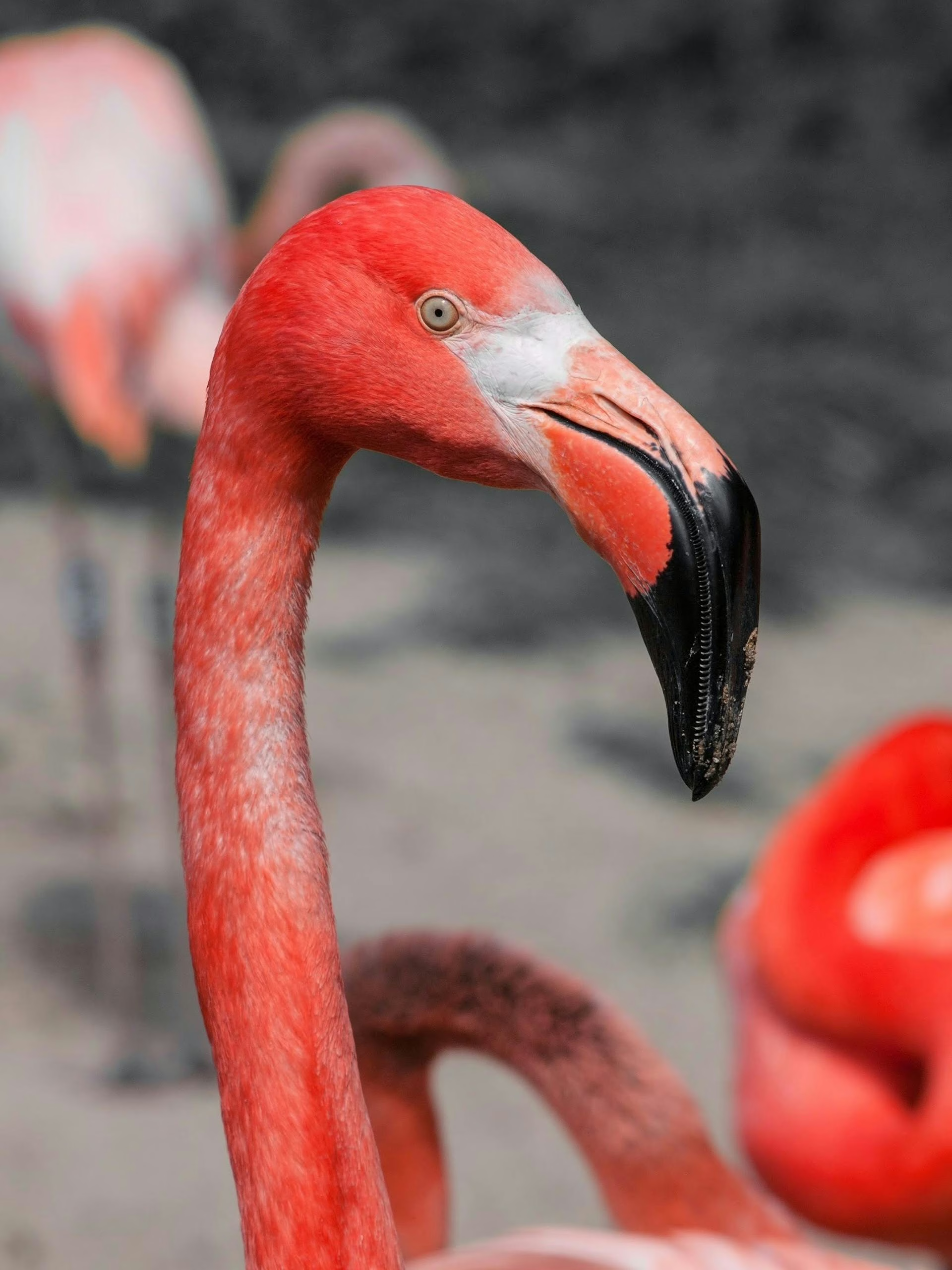
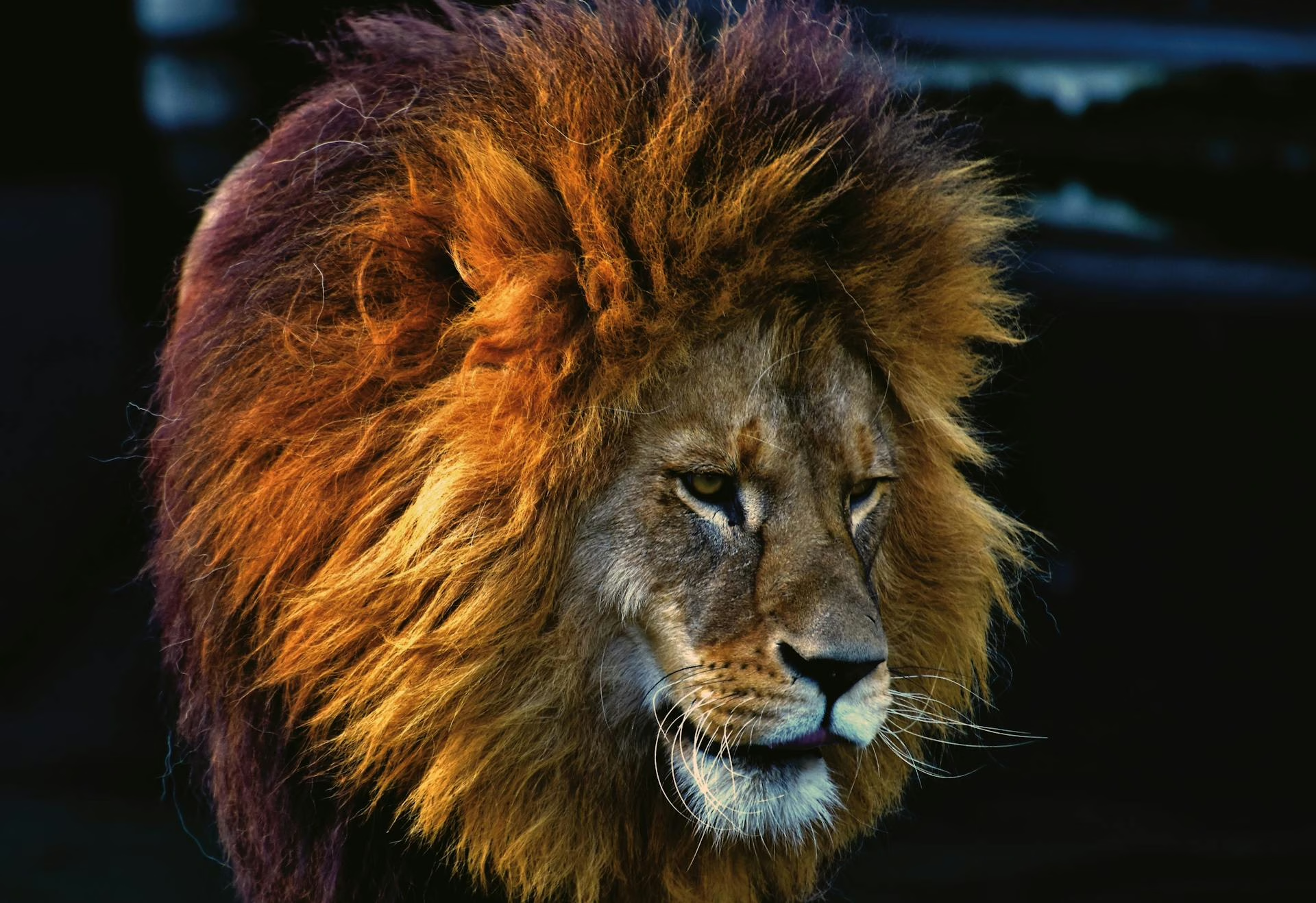
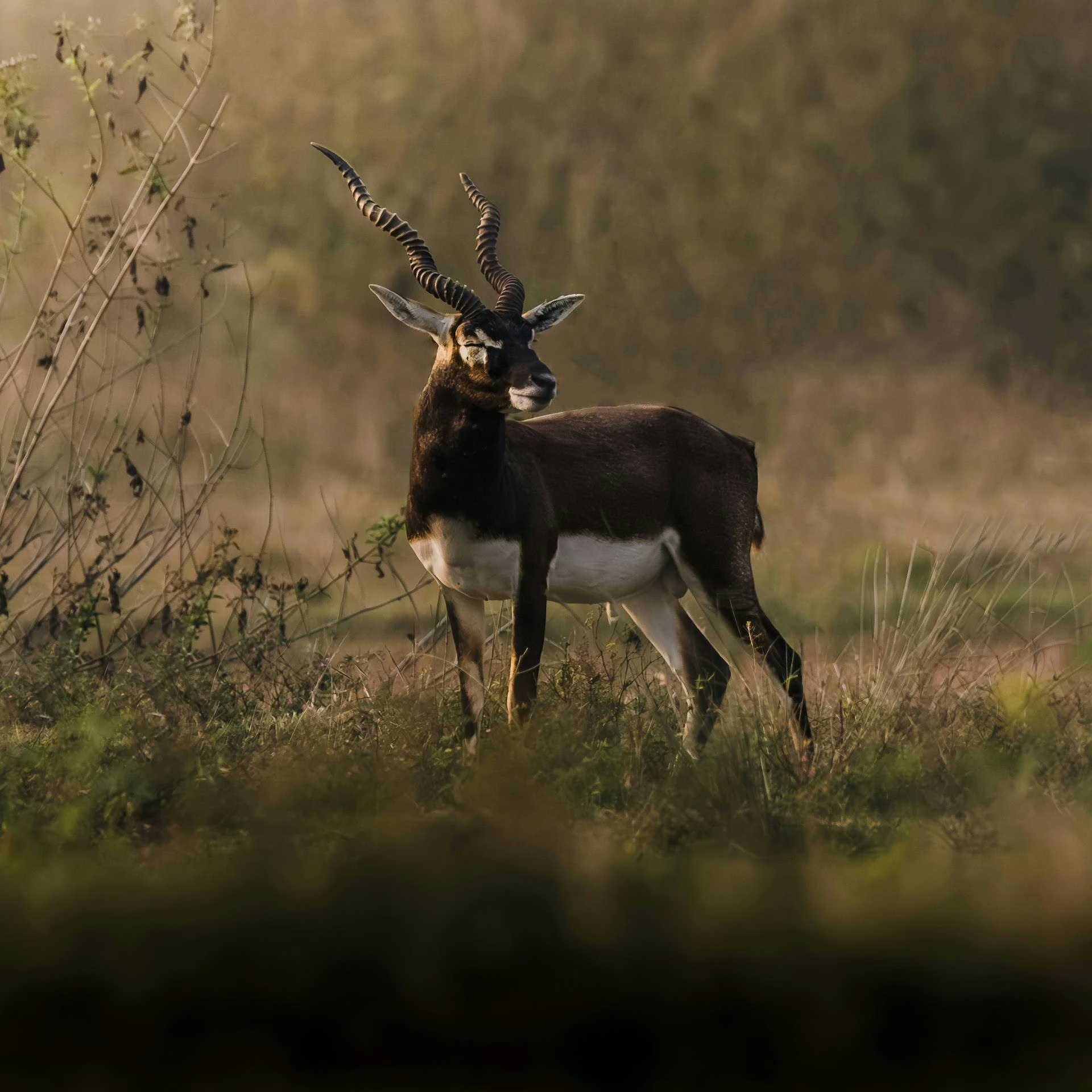
Dramatic landscape full of contrasts
Lake Nakuru National Park unfolds a compelling mix of natural elements that captivates adventurers, photographers, and nature admirers. The terrain offers surprises at every turn, from expansive lake views to lush woodlands, narrating tales of geological and ecological forces.
The park’s acacia and euphorbia forests provide vital cover for wildlife, while the alkaline lake serves as a central feature.
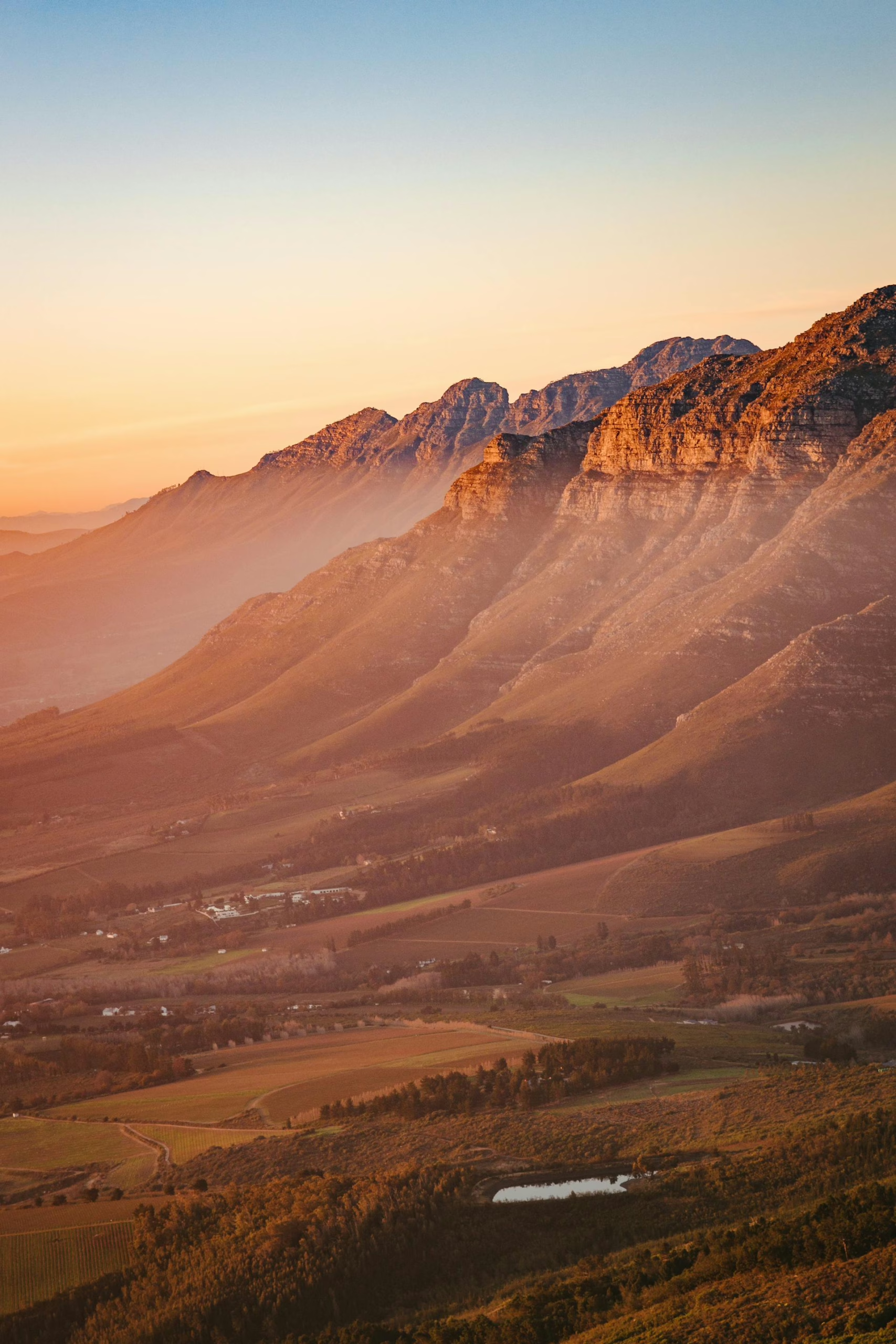
Lava streams
Among the highlights are the Makalia Falls, a serene waterfall at the park’s southern end, offering a refreshing contrast to the arid surroundings. The falls support local flora and attract animals seeking water.
Another iconic site is Baboon Cliff, providing panoramic overlooks of the lake and beyond. These elevated points, along with Lion Hill and Out of Africa lookout, deliver stunning vistas that enhance any visit, evoking a sense of Africa’s vastness.
History that tells stories
Lake Nakuru National Park is a blend of natural splendor and historical depth spanning millennia. Nearby prehistoric sites, such as Hyrax Hill, indicate human activity from the Stone Age, with early inhabitants adapting to the Rift Valley’s challenges.
A pivotal chapter in the park’s story is its establishment as a bird sanctuary in 1961, initially to protect the flamingo populations. Over time, it evolved into a full national park, incorporating rhino conservation in the 1980s. Relocations of species like Rothschild’s giraffes in the 1970s underscore efforts to combat poaching and habitat loss.
Today, Lake Nakuru not only connects visitors with nature but also offers insights into its past. From ancient settlements to modern conservation milestones, the park weaves wilderness and heritage into an engaging narrative.
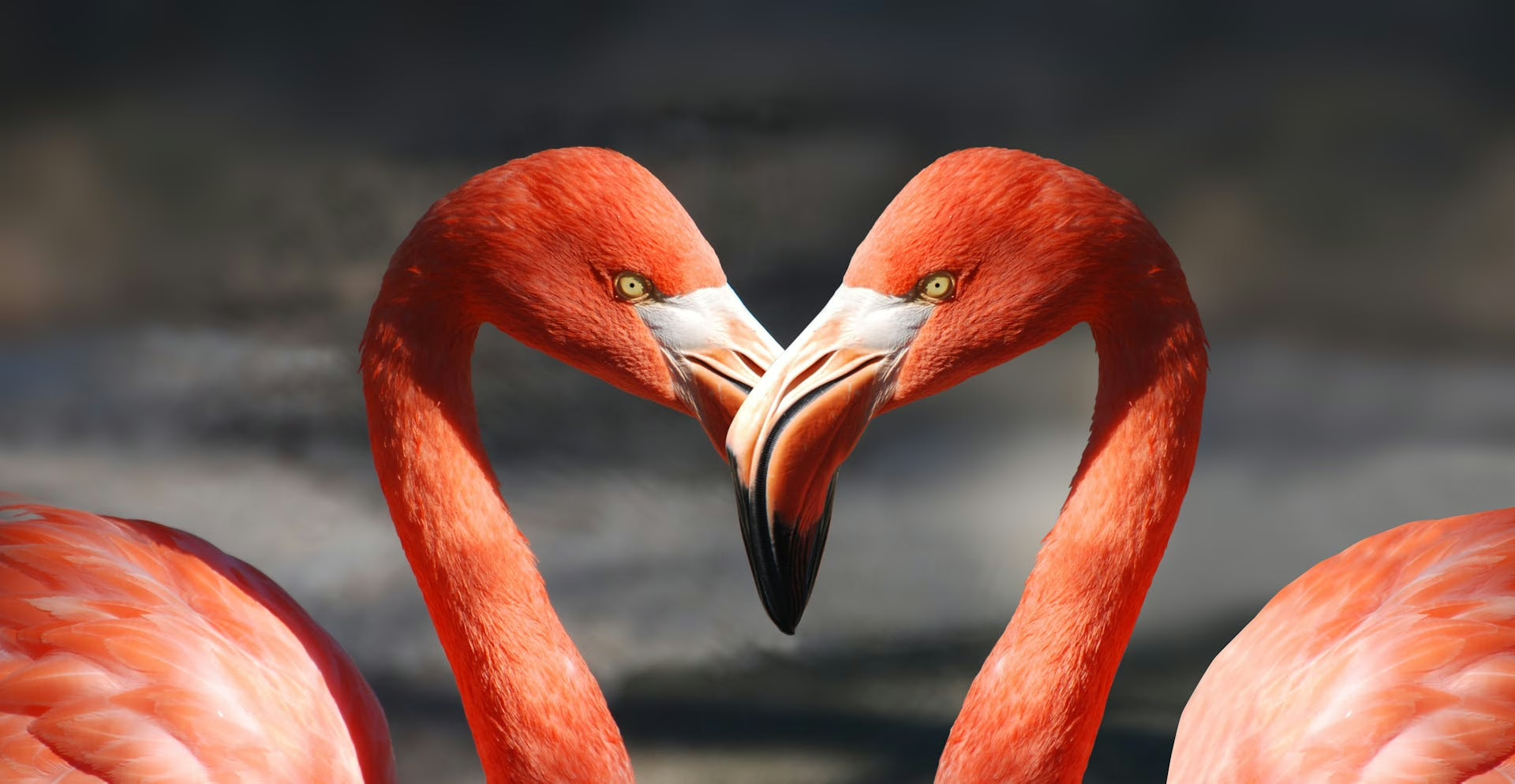
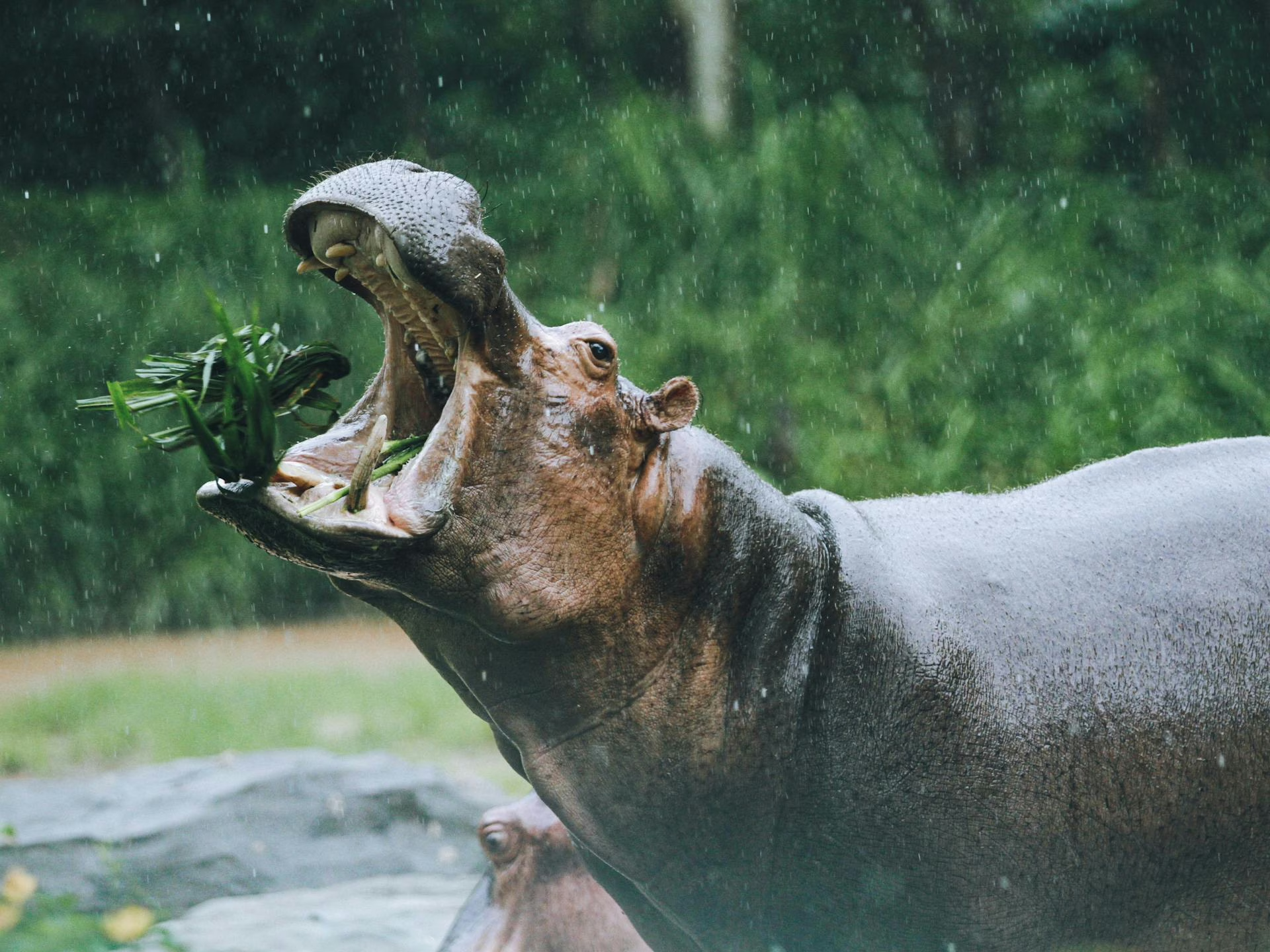
An unforgettable adventure
The park is an ideal spot for wildlife aficionados and those pursuing serenity and natural inspiration.
Envision observing a flock of flamingos tinting the lake pink, with rhinos grazing nearby and the Rift Valley escarpment in the distance. Or standing at Baboon Cliff, where giraffes browse acacias as birds soar overhead.
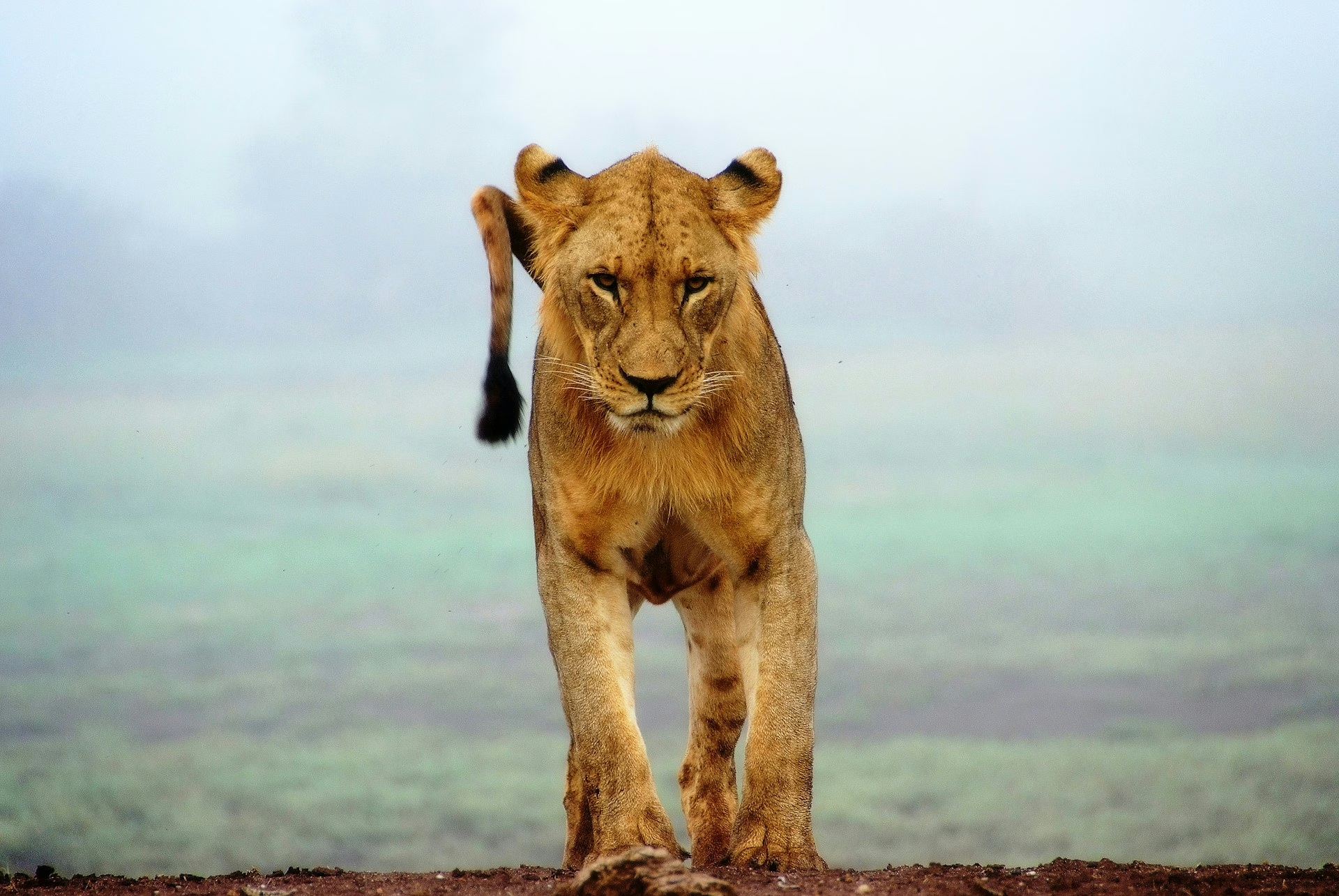
Whether opting for a dry-season safari with concentrated wildlife or a rainy-season visit amid blooming flora, Lake Nakuru captivates with its authenticity and natural grace. It embodies Kenya at its essence—diverse, resilient, and profoundly memorable.







